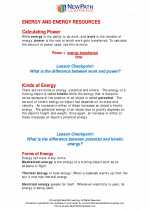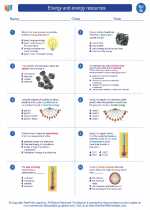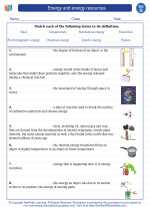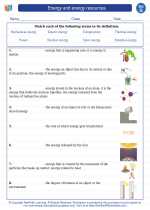Orbit
The orbit is the curved path followed by an object around a star, planet, moon, or other celestial body. In our solar system, planets orbit around the Sun, moons orbit around planets, and artificial satellites orbit around Earth or other planets.
Factors Affecting Orbits
Several factors affect an object's orbit:
- Gravity: The gravitational pull of the celestial body around which an object orbits determines the shape and size of the orbit.
- Velocity: The speed and direction of an object determine the shape and orientation of its orbit.
- Mass of the Objects: The mass of both the orbiting object and the celestial body affects the orbit. A more massive object exerts a stronger gravitational pull.
Types of Orbits
There are different types of orbits, including:
- Circular Orbit: An orbit with a constant distance from the celestial body.
- Elliptical Orbit: An orbit with an oval shape, where the distance between the object and the celestial body varies.
- Polar Orbit: An orbit that passes over the north and south poles of the celestial body.
- Geostationary Orbit: An orbit in which a satellite orbits the Earth at the same rate as the Earth's rotation, allowing it to remain stationary relative to a fixed point on the Earth's surface.
Importance of Orbits
Understanding orbits is crucial for space exploration, satellite communication, and predicting celestial events. The study of orbits also helps in determining the positions of celestial bodies and planning space missions.
Study Guide
To understand orbits better, consider the following study guide:
- Learn about the laws of planetary motion formulated by Johannes Kepler.
- Understand the concept of escape velocity and its relationship to orbits.
- Explore the applications of orbits in satellite communication and navigation systems.
- Research the history and significance of famous space missions that involved understanding and manipulating orbits.






